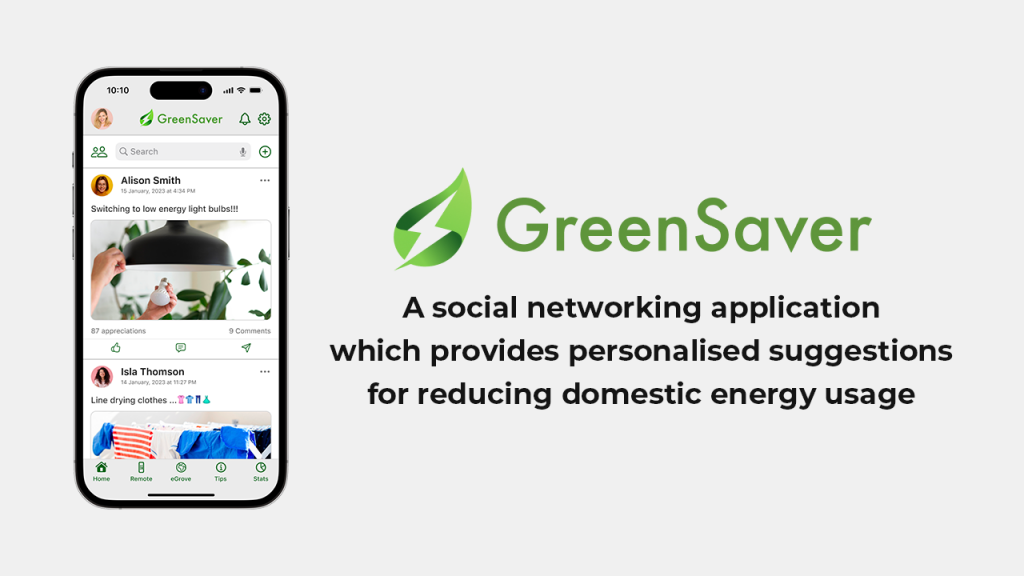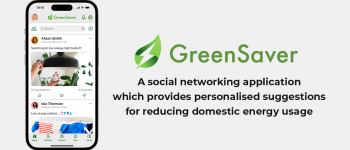The goal of this project is to promote the United Nation’s Sustainable Development Goal 7: Affordable and clean energy, by focusing on one of its primary targets to double the global rate of improvement in energy efficiency. To achieve this goal, we have tried to reduce the domestic energy consumption of cash-rich families as research suggest that the top 10 per cent of UK earners use as much as three times the energy as the bottom 30 per cent. The energy intensity of goods and services used by higher-income groups leads to higher energy footprints when compared to that of the lower-income groups. This problem provided our group with the opportunity to design a solution which encourages the high-income group to reduce their domestic energy usage.
The primary research data of our targeted user group was taken from the LEEDR (Low- Effort Energy Demand Reduction) research project conducted at Loughborough university which has integrated energy monitoring and social anthropological understanding of household energy use. Secondary research was conducted online where we have identified that our target user group falls under Established Liberals which is one of the seven British segments of families formulated by Britain Talks Climate. This classification helped us find the core beliefs of this group and how to positively encourage them to change their behaviour. Then, Affinity map was created laying down the experience goals, end goals and barriers of the user which helped us develop the user persona. Insights from the persona was used to generate User Need Statements which links the user goals and the pain points connected to those goals. By the end of the data analysis, we were able to identify the constraints faced by the targeted users in reducing domestic energy and change their attitude towards it.This provided us the opportunity to design a solution which would address their problems and encourage a positive behaviour change towards energy consumption.
We believe there is an opportunity to design a mobile application for cash-rich time constrained parents that encourages them to use energy efficiently and engage in climate change activities, to overcome their worries about having a safer environment for the future of their kids and experience to be a positive role model among their social circles. We have ideated and designed a social networking application which provides personalised suggestions for reducing domestic energy usage. The key features also include a virtual representation of the positive effects of them towards the environment which would let them know how their change in behaviour could make a difference. Personalised suggestions generated through machine learning by analysing the electrical usage pattern of the household will provide confidence to the user and ensures that they are making the best of their resources. Through social networking, viewing, and sharing energy efficient activities as posts will motivate the users to participate in such activities and share them with everyone.
Multiple user scenarios were created using storyboards and body storming sessions were conducted to make sure the ideas and designs generated in the process were reasonable. For the prototype, initially paper sketches and wire frames were created to finalise the site map of the application. After multiple iterations, the high-fidelity prototype was created using Figma which demonstrates all the key features ideated for the application.


